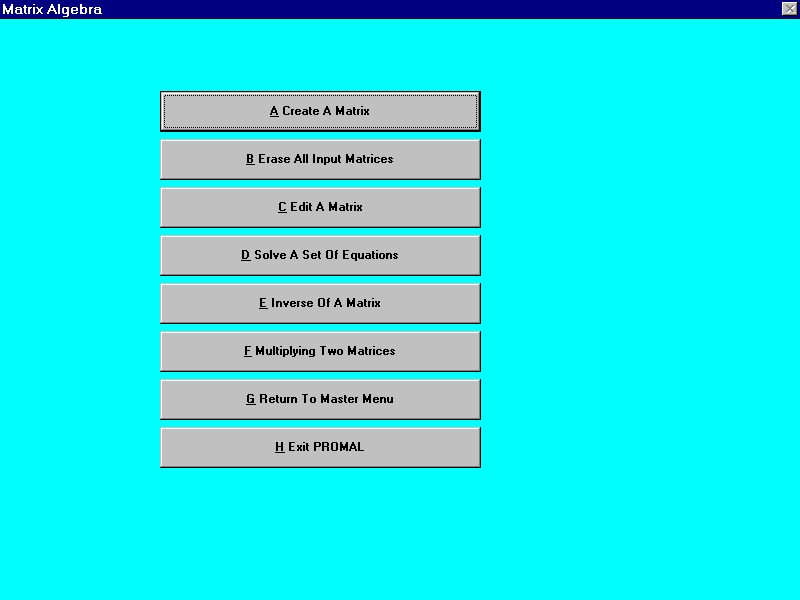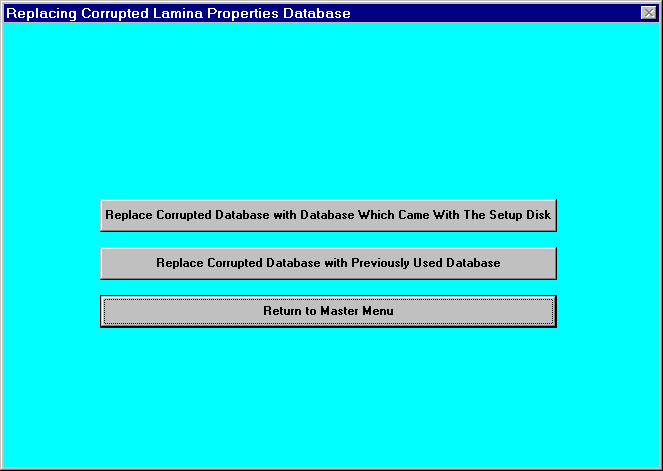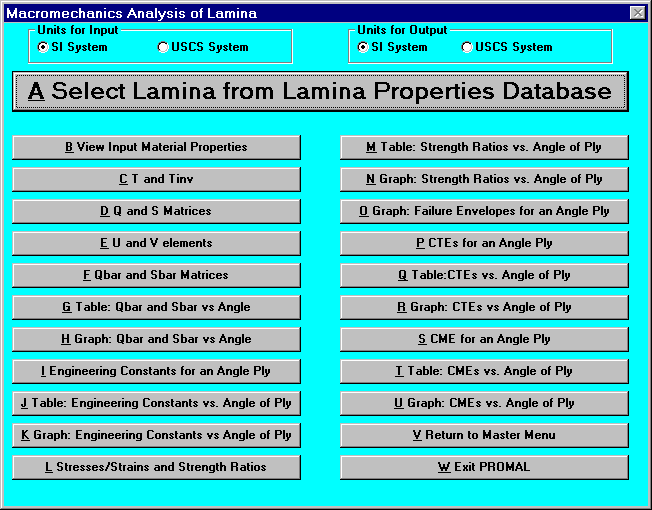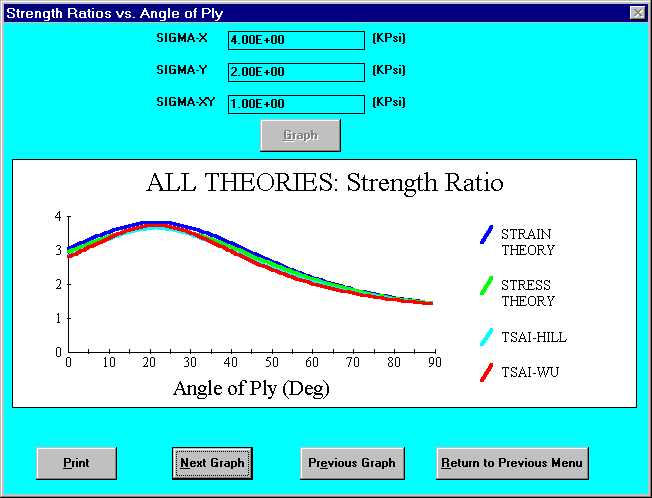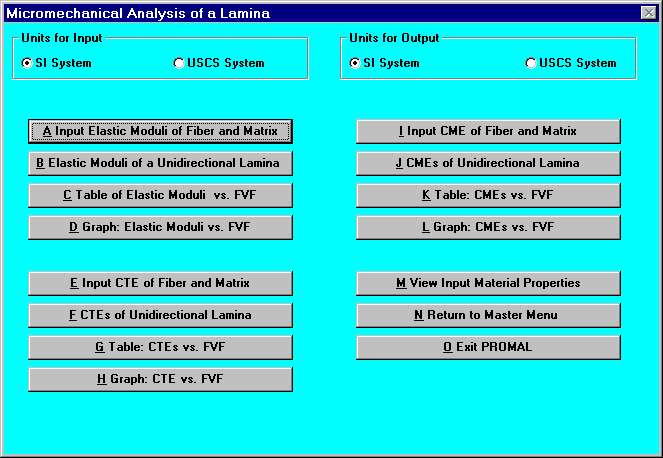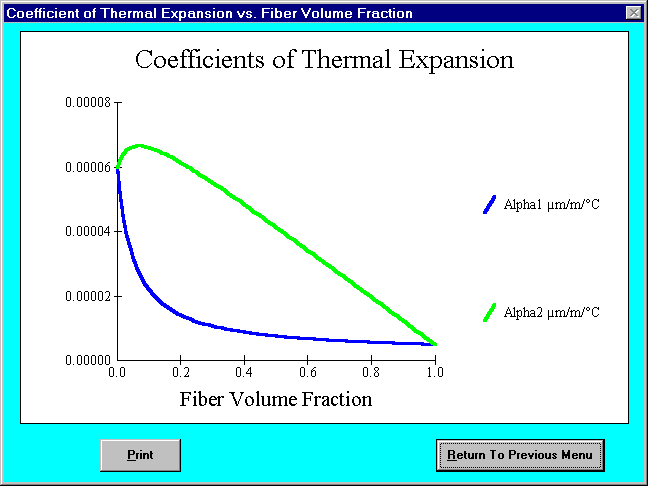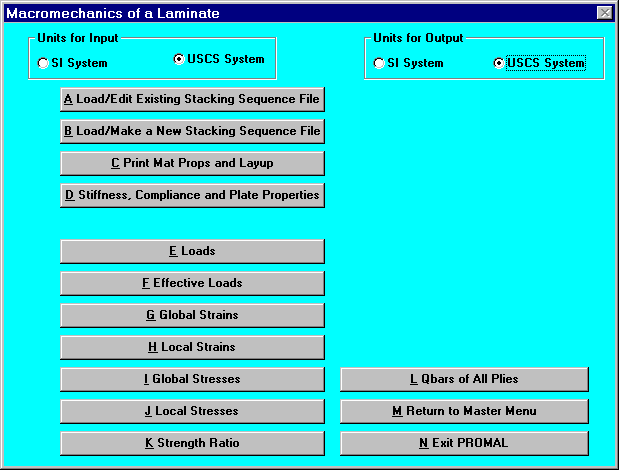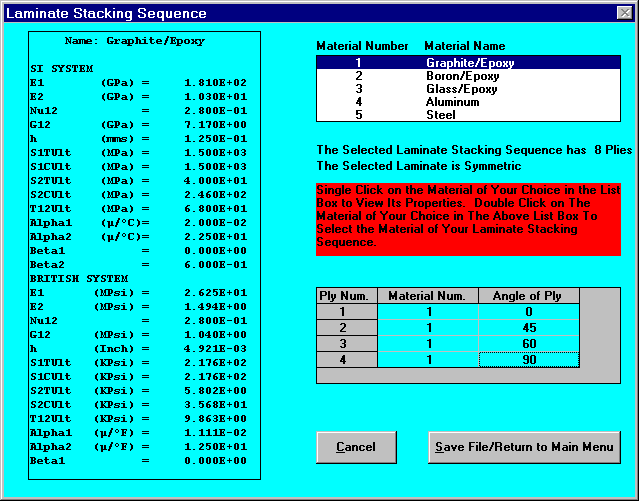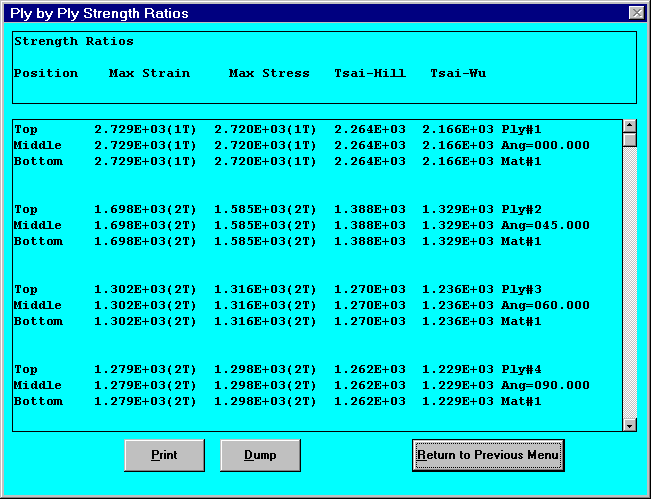
Today's composite materials often outshine traditional materials; they are lightweight, corrosion-resistant, and strong. Used in everything from aircraft structures to golf clubs, and serving industries from medicine to space exploration, composites are an exciting field of study for students, engineers, and researchers around the world. New applications of these versatile materials are being found daily.
This innovative book provides a complete introduction to the mechanical behavior of composites. Geared to upper-level and graduate students, or practicing engineers and scientists interested in updating their knowledge, Mechanics of Composite Materials is a new approach to the topic. Unlike old-style texts, this book introduces the basics of composites through frequently asked questions the author answers from his considerable experience as a professor and researcher in the field. The text is supplemented by user-friendly PROMAL software, which allows readers to conduct studies, compare theories, design structures, and quickly access the information in tables and graphs. Richly illustrated and filled with problems, reviews, and examples, this is an excellent assessment of an exciting field.

You are Visitor #
Go to top
Chapter 1 - Introduction to Composite
Materials
Classify composites, introduce common types of fibers and matrices, and manufacturing,
mechanical properties and applications of composites
Recycling of composites
Introduce terminology used for studying mechanics of composites Chapter 2- Overview of
Composites
Develop stress-strain relationships for different types of materials
Develop stress-strain relationships for a unidirectional/bidirectional lamina
Find the engineering constants of a unidirectional/bidirectional lamina in terms of the stiffness
and compliance parameters of the lamina
Develop stress-strain relationships, elastic moduli, strengths, thermal and moisture expansion
coefficients of an angle ply based on those of a unidirectional/bidirectional lamina and the angle
of the ply
Chapter 3- Micromechanical Analysis
of a Lamina
Find the nine mechanical and four hygrothermal constants: four elastic moduli, five strength
parameters, two coefficients of thermal expansion and two coefficients of moisture expansion of
a unidirectional lamina from the individual properties of the fiber and the matrix, fiber volume
fraction, and fiber packing
Discuss the experimental characterization of the above nine mechanical and four hygrothermal
constants
Chapter 4- Macromechanical Analysis
of a Laminate
Develop relationships of mechanical and hygrothermal loads applied to a laminate to strains and
stresses in each lamina
Find the elastic stiffnesses of laminate based on the elastic moduli of individual laminas and the
stacking sequence
Find the coefficients of thermal and moisture expansion of a laminate based on elastic moduli,
coefficients of thermal and moisture expansion of individual laminas, and stacking sequence
Chapter 5- Failure, Analysis
and Design of Laminates
Establish the failure criteria for laminates based on failure of individual lamina in a laminate
Design laminated structures such as plates and thin pressure vessels subjected to in-plane and
hygrothermal loads
Introduce other mechanical design issues in laminated composites
Chapter 6- PROMAL for Windows
Software Package: A User's Guide
First, once students are required and tested in
conducting analysis of mechanics of composite
materials, the software is then introduced to
avoid repetition and tedious calculations.
Second, allow students to carry their own
parametric studies to see the effects of
variables on the performance of composites.
Third, give a tool to conduct "industrial" type
design of structures made of composite
materials.
The software is available in the classroom on a
computer connected to a projection system. It
is used to conduct parametric studies which are
shown both in tabular and graphical form. Many
a times students ask "what if" questions and
the instructor can now readily answer of those
questions now.
Since the present generation is more "hands on"
type, the class is held in a computer
laboratory once a week. This allows students
to carry their own numerical experiments. In
the last month of the class, the software is
used heavily to do open-ended design problems.
The final examination is a take-home real life
design problem.
Ten percent of the course grade is reserved for
the evaluation of the software collected
through E-mail. Feedback includes strengths
and weaknesses of the program, and most
importantly suggestions to improve the program.
The students have given excellent reviews for
the program.
Several computational problems are solved using
the software. Most problems are open ended and
students come up with several answers. Simple
designs of pressure vessels and leaf springs
do not take more than ten minutes to work out
with the PROMAL program, which would otherwise
take several hours by using a calculator. The
computer program still maintains the student's
need to think about the various inputs to the
program to get an optimum design. At the end
of the exercise, students and Dr. Kaw discuss
not only the various design alternatives but
also how students think differently.
There are three price structures:

TABLE OF CONTENTS
Go to top

Define a composite, enumerate advantages and drawbacks of composites over monolithic
materials, and discuss factors which influence mechanical properties of a composite
Review definitions of stress, strain, elastic moduli and strain energy
Develop concepts of volume and weight fraction of fiber and matrix, density and void fraction in
composites
Understand the code for laminate stacking sequence
Understand the significance of stiffness, and hygrothermal and mechanical response of special
cases of laminates
Show how to set up PROMAL on a personal computer
Show how to use PROMAL for
matrix algebra such as multiplication of matrices, solving a set of equations and finding inverse
of a matrix,
developing and maintaining a database for properties of unidirectional laminas,
conducting macromechanics of a lamina,
conducting micromechanics of a lamina,
conducting macromechanics of a laminate
Show by examples how to use each of the above programs

PROMAL

What is PROMAL?
PROMAL (Program for Micromechanical and
Macromechanical Analysis of Laminates) is an
interactive software tool used to complement
(not supplement) the senior level course --
Introduction to Mechanics of Composite
Materials. The objectives are the following:
Go to top

PROMAL software fits on a single 3.5" disk
which is given to each student in the beginning
of the semester. It is also available in all
the computer laboratories in the College of
Engineering.Who can buy PROMAL?
CAUTION: This software is distributed only as a THEORETICAL educational tool and is
exclusively for the following:
1. University instructors using PROMAL for teaching a course in Mechanics of Composite
Materials, or
2. University students using PROMAL to learn a course in Mechanics of Composite Materials,
or
3. Continuing education students using PROMAL to learn a formal course in Mechanics of
Composite Materials, or
4. Self-study students who are using PROMAL and a text book to learn a course in Mechanics of
Composite Materials and have taken a University level course in Strength of Materials.
Go to top

How do I Purchase PROMAL?
CAUTION: This software is distributed only as a THEORETICAL educational tool and is
exclusively for the following:
1. University instructors using PROMAL for teaching a course in Mechanics of Composite
Materials, or
2. University students using PROMAL to learn a course in Mechanics of Composite Materials,
or
3. Continuing education students using PROMAL to learn a formal course in Mechanics of
Composite Materials, or
4. Self-study students who are using PROMAL and a text book to learn a course in Mechanics of
Composite Materials and have taken a University level course in Strength of Materials.
![]() Single Copy: Single copies are distributed only with the purchase of
the following text book -------
Mechanics of Composite Materials by Autar K. Kaw
Single Copy: Single copies are distributed only with the purchase of
the following text book -------
Mechanics of Composite Materials by Autar K. Kaw
Click to find how to order
One person may use it only on one computer.
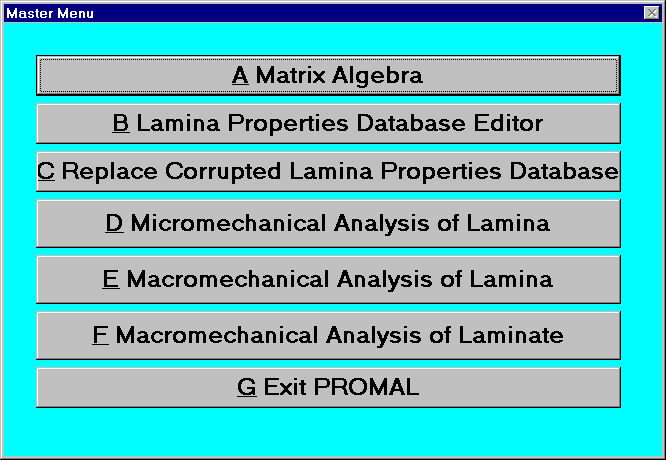 Promal for Windows-Matrix Algebra
Promal for Windows-Matrix Algebra
